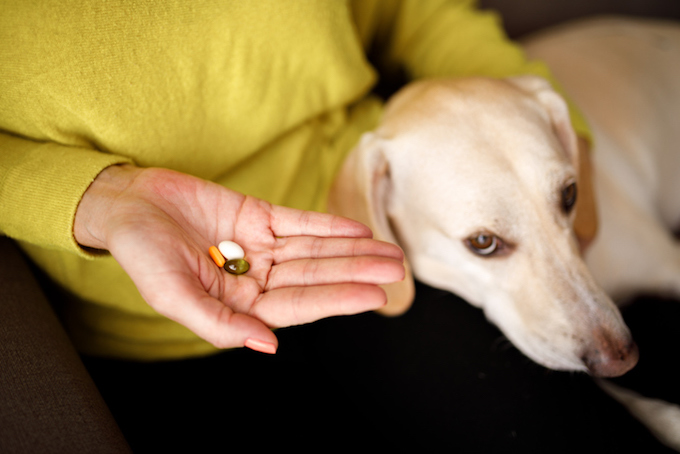Digoxin toxicity in dogs is a condition that involves the popular heart medicine digoxin. In some cases, the condition can cause heart failure.
While digoxin is often prescribed by vets, it is vital that you stick to the precise dosage. This is because the amount of digoxin your dog takes can become toxic very quickly.
Technically, the condition is also known as heart medicine poisoning.
If you see the signs of digoxin toxicity in your dog, then get to a veterinarian for a proper diagnosis and treatment.
Here’s what you should know about the symptoms, causes, and treatments for the condition.
Symptoms of Digoxin Toxicity in Dogs
The condition produces a range of symptoms. For example, some of the most common symptoms include:
- Abnormal heart rhythm
- Vomiting
- Anorexia
- Diarrhea
- Depression
- Seizure
Causes of Digoxin Toxicity in Dogs

The cause of the condition is how a dog metabolizes the medicine. For example, a dog’s lean body weight is key to prescribing the correct and safe amount of digoxin.
Generally, regular blood tests are needed for dogs who take digoxin. This is to make sure that they are taking a safe amount of the medicine.
Treatments for Digoxin Toxicity in Dogs
Firstly, if you notice signs of the condition, stop giving digoxin to your dog. Secondly, find an emergency vet straight away. This is because digoxin poisoning can become fatal.
Generally, your vet will ask about your dog’s medication levels and symptoms. Additionally, an electrocardiogram (EKG) will be used to monitor your dog’s heart rate.
Sometimes, vomiting will be induced in your dog. This is to flush out the medication. Activated charcoal can achieve this.
Additionally, antibody therapy can be used. Although this can be a high cost procedure.
Ultimately, dogs who experience the condition will need to be closely monitored by a vet. It can be safe to return to taking the medicine, but it’s vital to make sure the correct amount is prescribed.
You can read more about digoxin, including the drug’s side effects, here.
Have you ever cared for a dog who suffered from this condition? How did your vet help your dog recover? Let us know in the comments section below.









